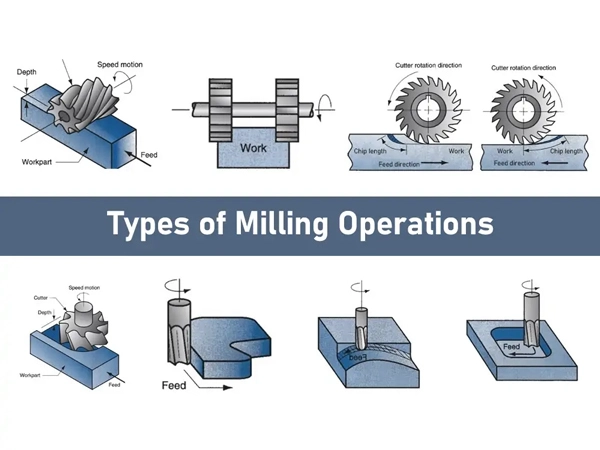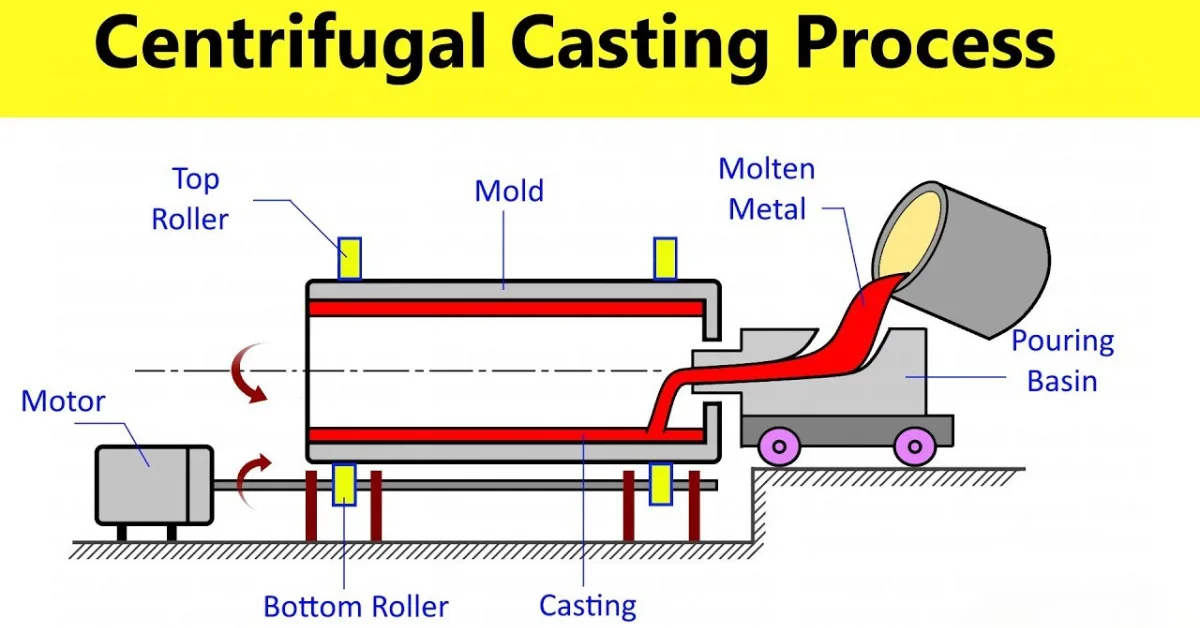Types of Milling
This article was reviewed by the CNC experts at HDC, a professional precision machining manufacturer specializing in custom CNC milling, turning, and forging services. With advanced 3-, 4-, and 5-axis machining centers, HDC provides high-accuracy components for industries like automotive, aerospace, and robotics. Our team has over 15 years of experience helping global clients achieve optimal machining performance and surface quality.





